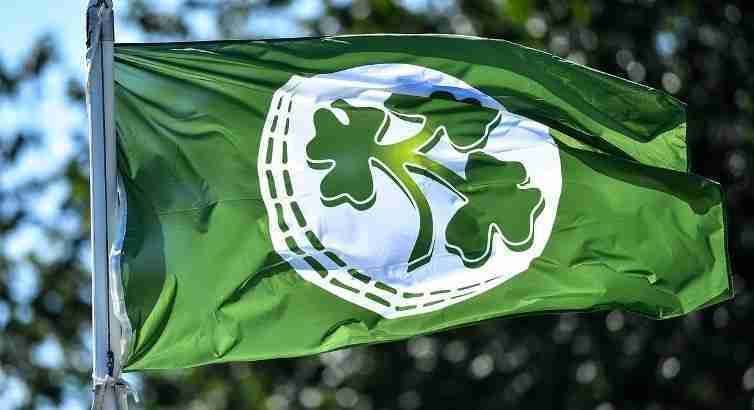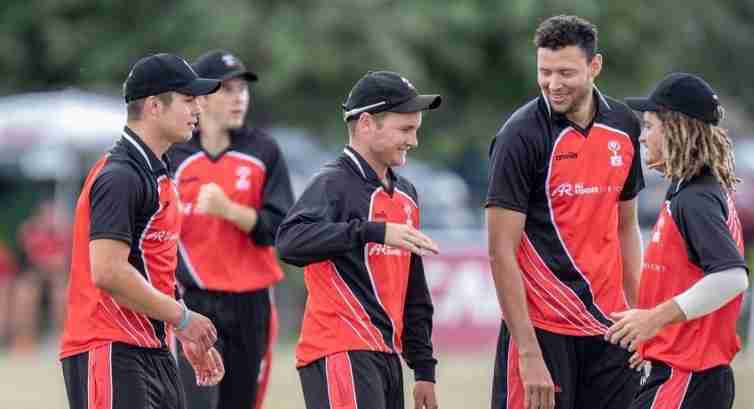Cricket Ireland has today welcomed the recent Irish Government announcement on the accelerated return of sport, outlined the pathway for Return-to-Play, and released the first update to its COVID-19 Safe Return to Training Protocols that expand training ratios at club cricket and elite level.
Elaine Nolan, Participation Director for Cricket Ireland, said:
“We are delighted to see the Irish Government’s accelerated timetable for the resumption of competitive sport in the Republic and hope to see a matching statement in Northern Ireland soon. We’re working collaboratively and at-pace with the Provincial Unions and other stakeholder groups within the sport to enable clubs to move positively towards competitive action. However, the Government announcement last Friday was just a pre-cursor to the actual resumption of play, as there are a number of steps to take before competitive matches begin.”
“Consultation has continued this week with Sport Ireland, Unions, umpires, players and other stakeholder groups on the Return-to-Play protocols. This should be completed by the end of the week and we will then have an update on the implementation of safe return-to-play protocols for all stakeholders. The health and safety of players, officials, volunteers and the wider community will remain at the forefront of our decision-making.”
“Return-to-play will not mean a return to normal, and we will address changes and required risk mitigation activities in the protocols. This will involve continuing with a number of the measures outlined in the return-to-training protocols, but a number of playing-specific protocols will be introduced to complement playing regulations. Shining of the ball with saliva or sweat still is still prohibited in accordance with ICC directives, and the implications of social distancing with respect to umpires, wicketkeepers, the non-access to changerooms and how we deal with spectators are just a few aspects that the new protocols will be required to cover. Even how to handle rain delays with social distancing given restricted access to indoor spaces and how this can be managed within clubhouses will need to be considered.”
“In addition, we have to acknowledge that many umpires, match officials and volunteers around clubs are in vulnerable age categories, so we all need to be mindful of the health risks to those within the cricket family who may need to continue to shield from the virus.”
“In the meantime, we have today released [attached] an updated advisory that expands training ratios immediately, and can advise that full return-to-training can commence from 29 June in the Republic, contingent upon the Government announcing a community-wide move to Phase 3. There is a divergence between Northern Ireland and Republic of Ireland at this point and we are awaiting government advice on Northern Ireland’s move to Step 3. However, with the work currently ongoing by Cricket Ireland, Unions and clubs, we are in a position to act immediately once the NI Executive provide a date for the commencement of Step 3.”
“We continue to be grateful to the whole cricket family for their cooperation and understanding, and rest assured we are all working as quickly as possible in order to get cricket action back underway.”
Expanded training ratios
The return-to-training protocols released a fortnight ago, which include detailed guides and checklists for preparing a cricket club for restarting activity, are under constant review by cricket’s national and provincial governing bodies given the rapidly evolving emergence from lockdown. With the first update, clubs in the Republic and Northern Ireland can now increase the ratio of people within given training scenarios, with social distancing and sanitisation requirements still in place.
These changes can take effect immediately, however, will change once more in the ROI and NI as the respective communities move into Phase 3 / Step 3.
The detailed COVID-19 documents are available at: www.cricketireland.ie/covid-19 and any enquiries or issues that arise should be directed to Provincial Unions via the nominated COVID-19 Safety Support Officer.



